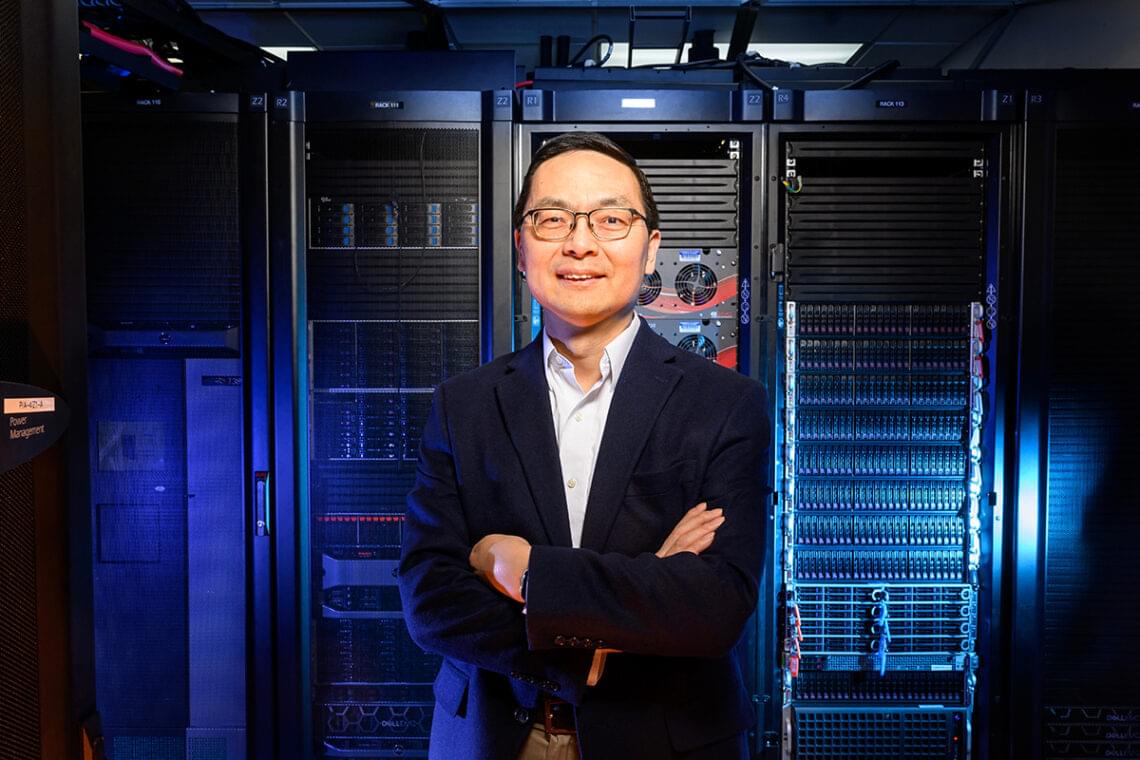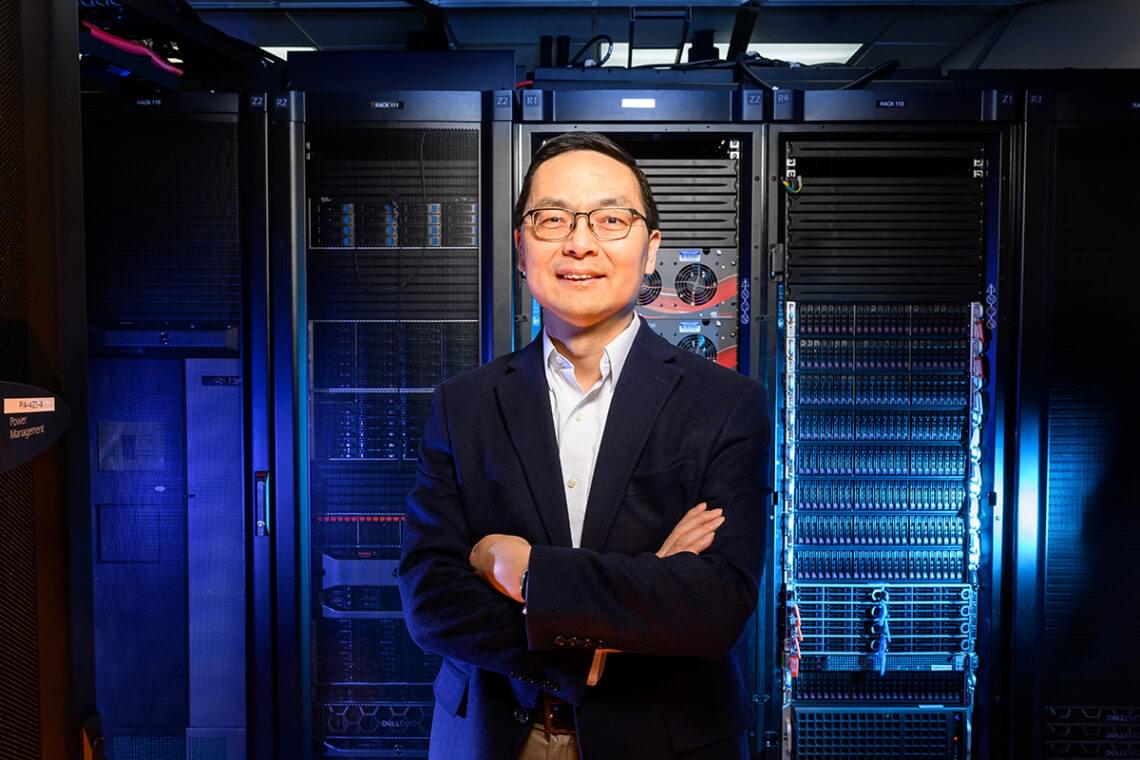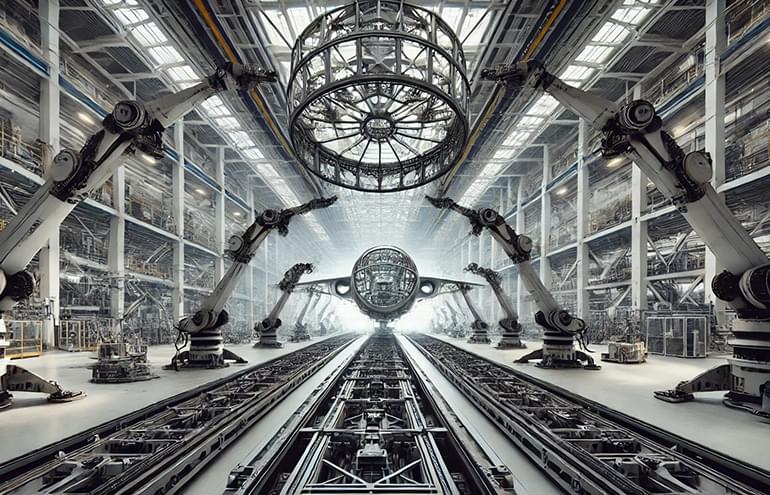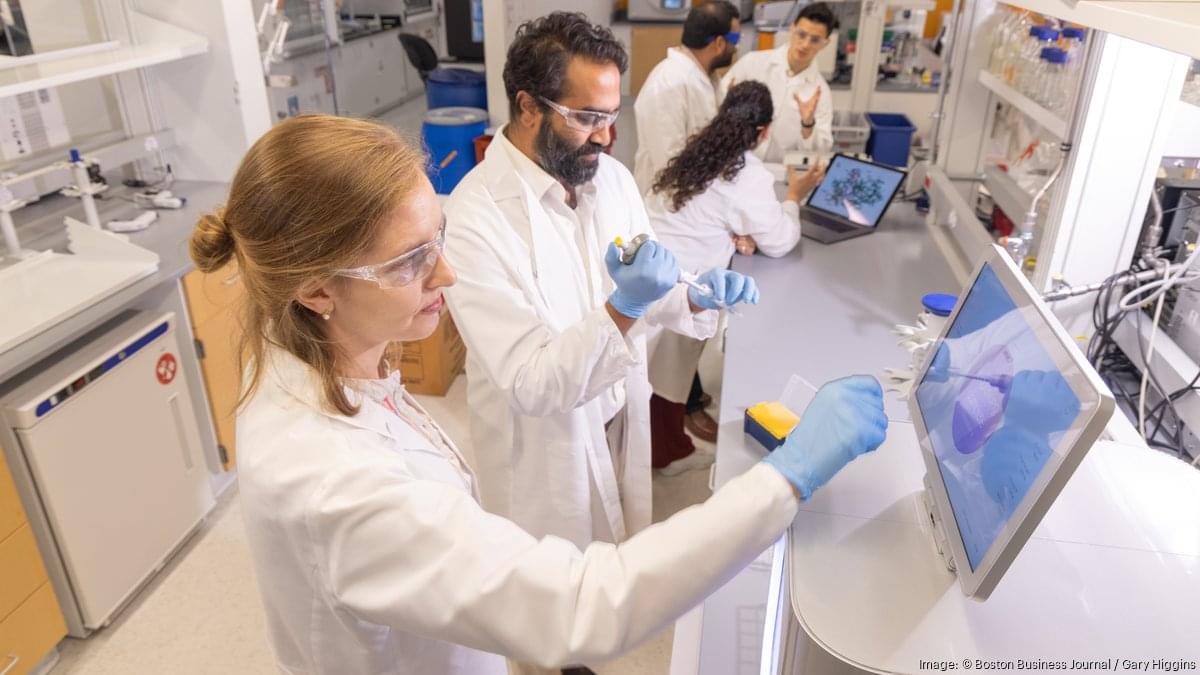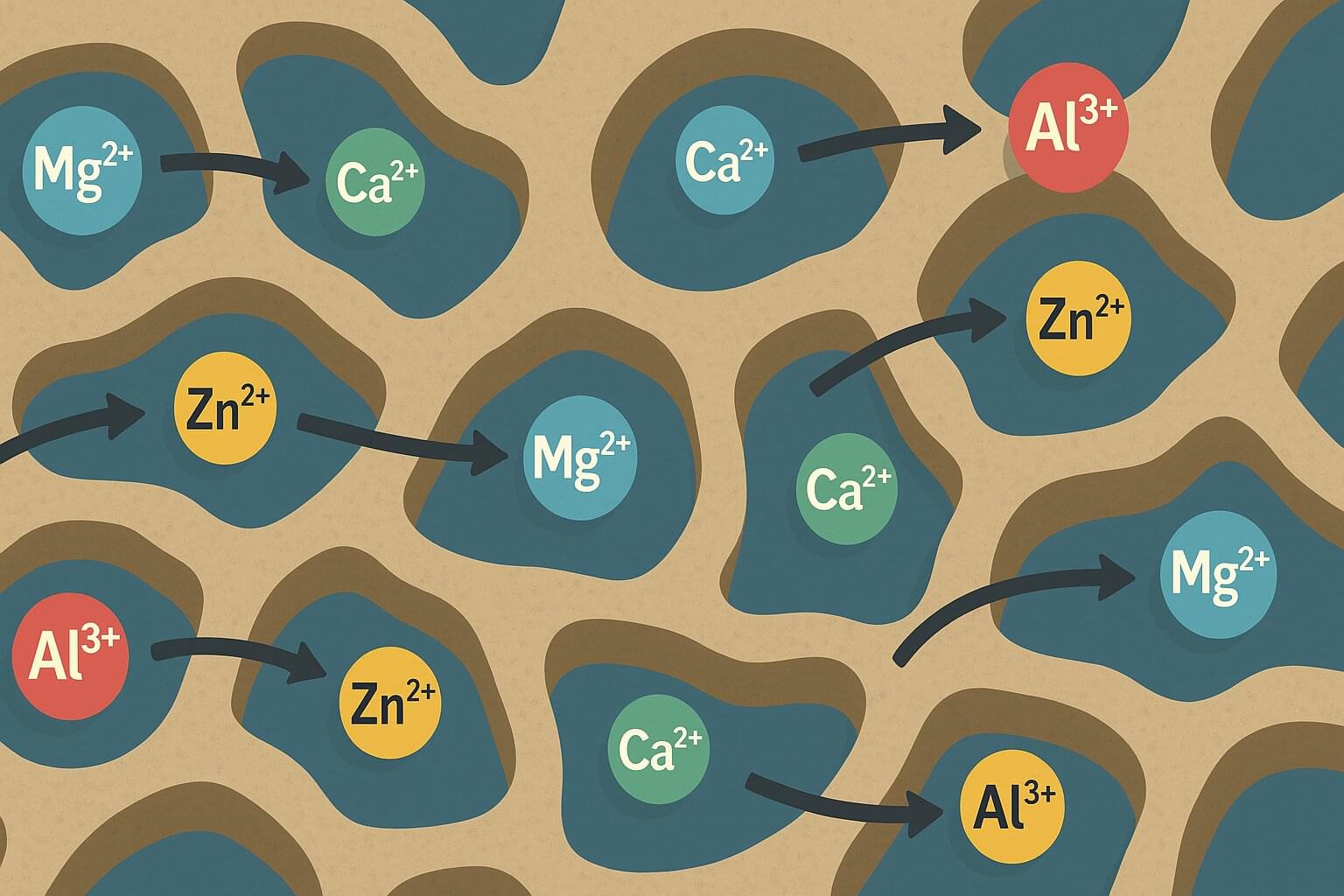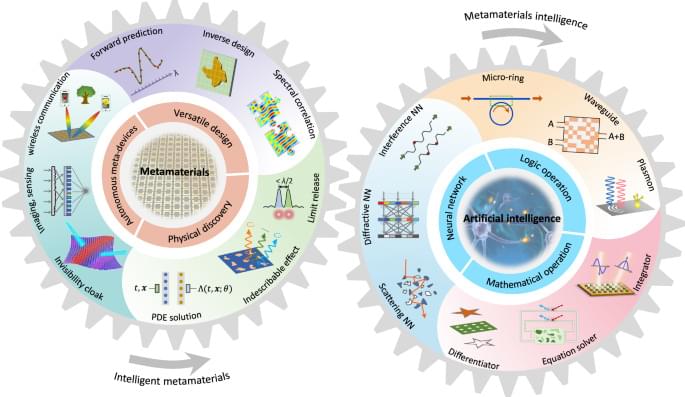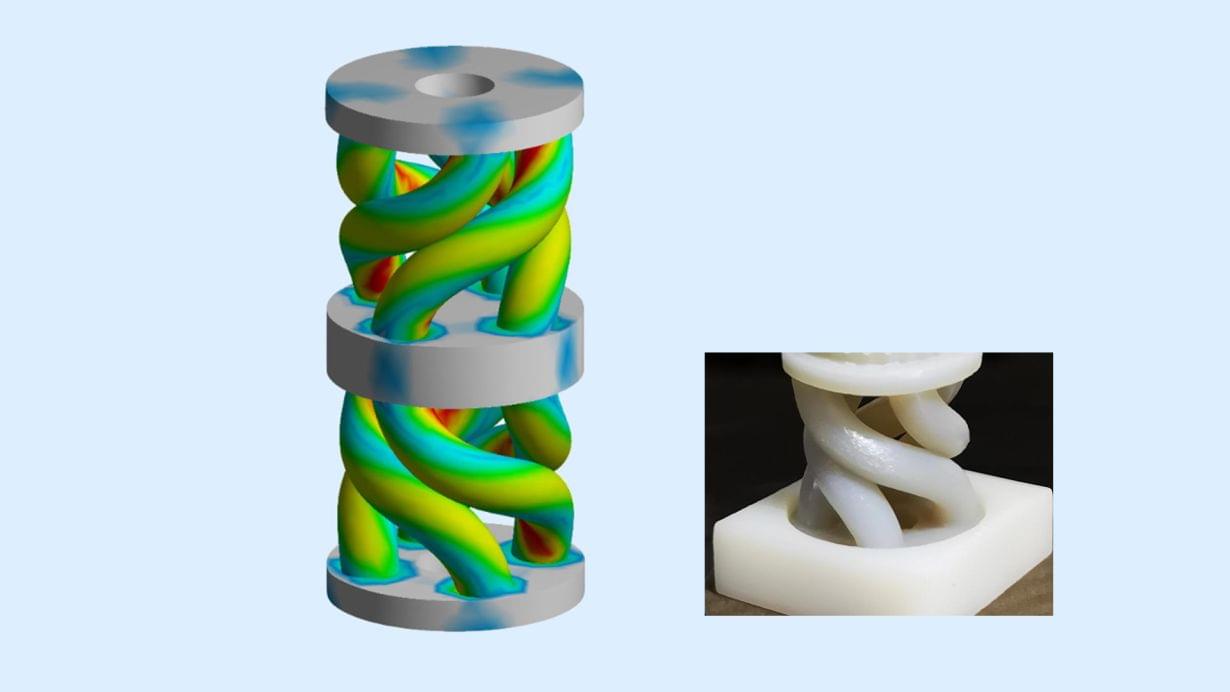So I took @meta CEO Mark Zuckerberg blog post on’superintelligence’ aka #artificialgeneralintelligence from https://www.meta.com/superintelligence/ and generated an audio track using @Descript (no edits were made) and then created a ‘data’-like avatar (which is often compared to what Zuck used to look like::). Then I asked Descript to add some stock footage and generate captions… (again, no edits) and here we are.
You can judge it for yourself, but here’s what I think:
1) Zuck’s memo is… crap (sorry)
2) The voiceover is decent but yes… crappily generic… and of course, it didn’t allow me to use Z’s voice or image.
3) The stock footage used (I did not make ANY edits) is… crap (to call it generic would be generous)
4) The cuts, layovers and transitions are…crap.
The result is crap. I hope you don’t like it.
Note: This is NOT by any means a comment on the power of @Descript’s AI editing platform which I really like and constantly use, and definitely recommend. But it’s not a miracle machine:)
To see what Descript can do if you put real effort into it, go here: https://youtu.be/AEKtY7F5Z0Q?si=pIYoqoms7PfMukoo.
Rather, it shows that mindlessness, lazyness, and effortlessness creates SLOP. As creators, we must resist using these tools without serious editing, questioning and curating. #thehumanresistance.
The summary below was also written by AI:


